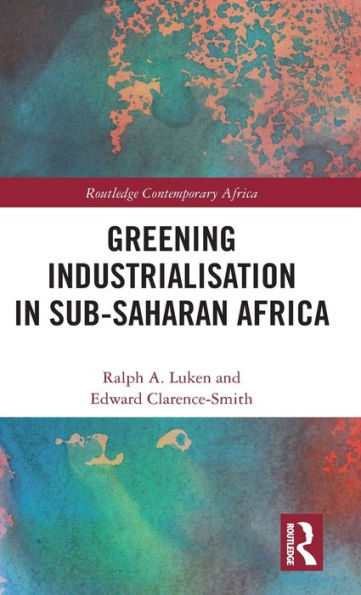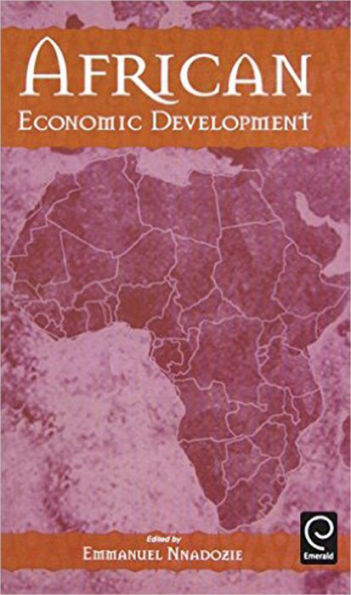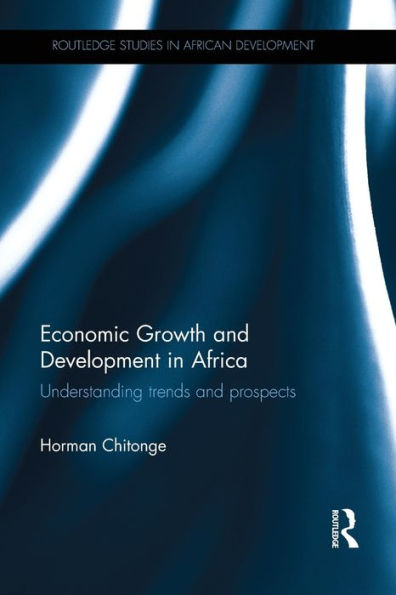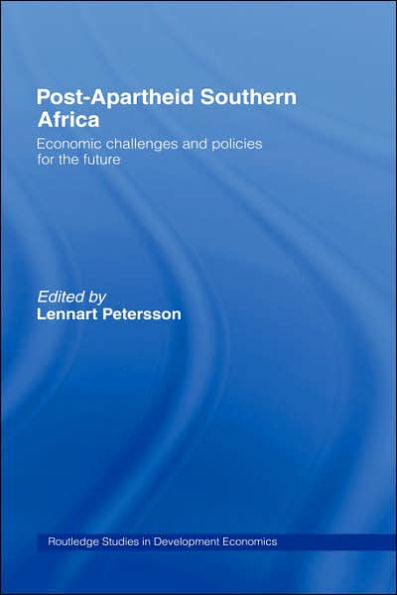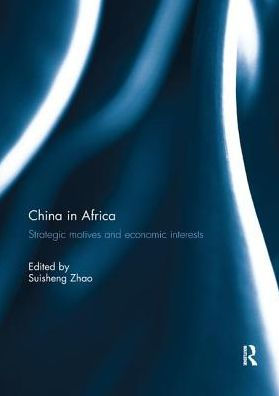Home
International Competitiveness in Africa: Policy Implications in the Sub-Saharan Region / Edition 1
Barnes and Noble
International Competitiveness in Africa: Policy Implications in the Sub-Saharan Region / Edition 1
Current price: $109.99
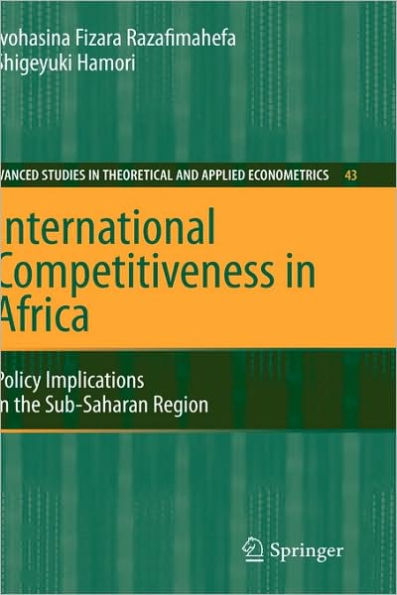

Barnes and Noble
International Competitiveness in Africa: Policy Implications in the Sub-Saharan Region / Edition 1
Current price: $109.99
Size: OS
Loading Inventory...
*Product information may vary - to confirm product availability, pricing, shipping and return information please contact Barnes and Noble
The effects of international trade and foreign direct investment (FDI) on developing economies have always been controversial. From about the 1980s, however, the countries adopting open policies have tended to o- perform those adopting closed policies. The former, essentially the eco- mies of Asia and some countries of Latin America, have grown faster than the latter, the economies of sub-Saharan Africa. With the unstoppable spread of globalization and the supremacy of “open” policies over “closed” ones, the debate between “participating” and “not participating” in the world economy has been superseded by discussions on the best p- icy measures for expanding participation and enhancing the accrued w- fare gains. The countries of sub-Saharan Africa have no choice but to take part in international trade and investment. Policies to strengthen inter- tional competitiveness are almost unanimously considered crucial means towards those ends. A key way of making a country more competitive is to strengthen its international competitiveness in trade and investment. Competitiveness in international trade is defined, in the present analysis, as the ability of a country to produce and sell goods in the international market at a lower price than competitor countries. Competitiveness in international inve- ment, on the other hand, is understood as the ability of a country to attract large inflows of foreign investment. Given that competitors also strive to increase their abilities to sell goods and attract, the study takes a dynamic approach, as opposed to a static approach, to comparative advantage.




